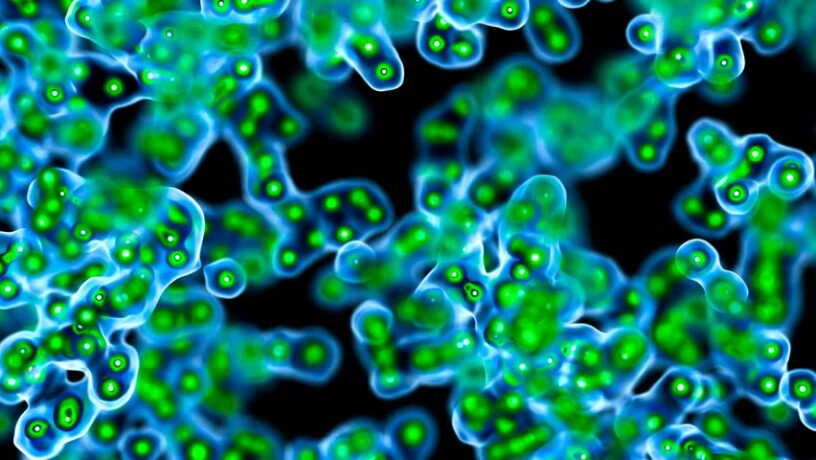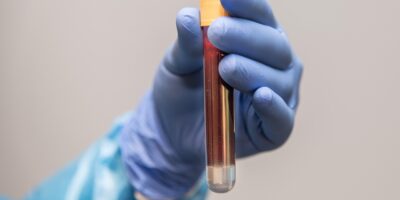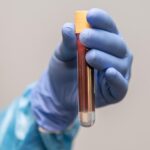Bacterial infections acquired during invasive medical procedures such as surgery are a major concern in hospitals, where they can cause severe or even deadly complications in patients. Biofilm-associated infections, in particular, can be challenging to deal with. In a biofilm, bacterial colonies are encased in a protective matrix of polysaccharides, proteins, and lipids, where they can hide from the immune system and antibiotics. To help fight back against these insidious infections, Victoria Garrido, along with her team of researchers at the Centre for Genomic Regulation (CRG) and Pulmobiotics, has engineered the first bacterium capable of attacking biofilms from contaminated catheters.
In recent years, the genetic engineering of microorganisms to produce biological molecules for targeted therapy has become an area of special interest in research, leading to the development of many drugs like monoclonal antibodies. However, the production of such biological molecules can be expensive. Researchers at the CRG propose an alternative, more cost-effective approach, where a “living” source of target-specific molecules is introduced into a patient’s body. In their study, they chose Mycoplasma pneumoniae as this living factory for antibacterial enzymes that can help disperse bacterial infections. Although M. pneumoniae is normally known as a pathogen responsible for lung disease, it has several desirable qualities that make it an ideal candidate for this investigational treatment. Due to its inability to perform horizontal gene transfer, there is a reduced risk of transferring modified genes to other bacteria. In addition, its lack of a cell wall makes the secretion of antibacterial enzymes easier.
First, the researchers removed M. pneumoniae’s ability to cause disease by creating an attenuated variant. The gene mpn133, which codes for a cytotoxic nuclease, and the gene mpn 372, which codes for a toxin, were deleted from the cell genome. They then added a gene responsible for the production of dispersin B, an enzyme that dissolves biofilm, as well as a synthetic promoter and a signal sequence to ensure that proteins are effectively delivered out of the cell.
With their new modified variant in hand, the researchers tested its ability to fight against biofilms of Staphylococcus aureus, an infamous and common cause of clinical infections. Although experiments conducted on polystyrene wells of S. aureus biofilms were successful, hurdles began to emerge during the in vivo tests, where contaminated catheters were inserted into live mice. Treatment with the modified M. pneumoniae was unsuccessful in preventing the spread of biofilm-associated infection in the mice, leading the scientists to add further adjustments to their variant. In addition to the gene coding for dispersin B, they incorporated a gene encoding lysostaphin, an enzyme that specifically cleaves the cell walls of S. aureus. This final variant was named “CV2-DispB-Lys”, and its combination of two antibacterial enzymes successfully dissolved the biofilm from the catheters and reduced the progression of infection in the mice.
This engineered bacterium that attacks biofilm-associated clinical infections is the first of its kind and shows great potential for future development. Researchers noted several possible improvements, such as adding genes coding for more antibacterial molecules to prevent the development of lysostaphin-resistant S. aureus, or co-administering CV2-DispB-Lys with antibiotics. Although there are several limitations, including the reduced mobility of M. pneumoniae outside of the respiratory system, the lack of a cell wall allows for the secretion of many types of therapeutic molecules. This makes CV2-DispB-Lys a versatile vector as well as an important steppingstone for the development of bacterial therapy.









Leave a Reply
You must be logged in to post a comment.